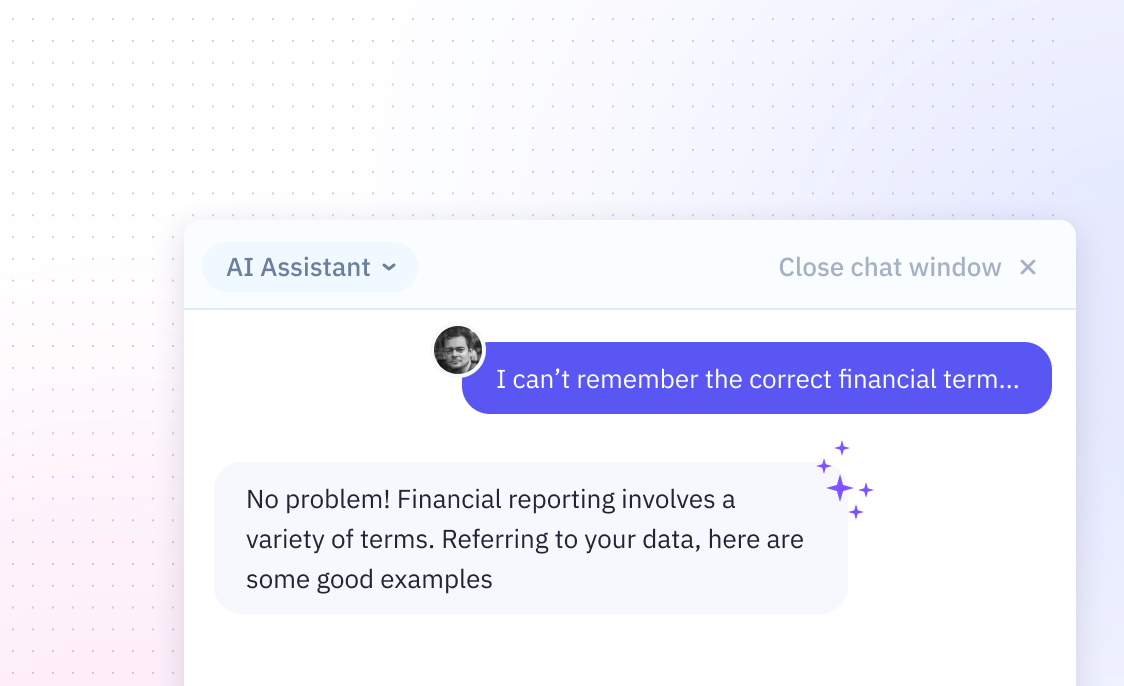
How To Convert PDF To Excel Using Python In Excel
Introduction
Converting PDF to Excel can be an essential task for data analysis and reporting, and Python offers robust libraries for automating this process. Ensuring data integrity during conversion is crucial for accurate analysis.
This guide will demonstrate the steps to perform this conversion using Python scripts, leveraging libraries like Pandas and PyPDF2 to parse and transform data efficiently. We will provide clear code examples and best practices.
While Python scripting works, Sourcetable's AI-powered spreadsheet platform lets you analyze and visualize data by simply chatting with an AI assistant, eliminating the need for complex code or Excel functions. Try Sourcetable to transform your PDFs and perform any data analysis through natural conversation.
Convert PDF to Excel in Python
Using tabula-py and pandas
To convert PDF to Excel using Python, the open-source libraries tabula-py and pandas are utilized. The conversion script reads tables from a PDF file with tabula-py and manipulates the data with pandas. It can be executed with the command python pdf_to_excel.py. This script also takes advantage of the pandas context manager, pd.ExcelWriter, to write each table from the PDF to a separate sheet in the resultant Excel file using the DataFrame.to_excel method.
Aspose.PDF for Python via .NET
Aspose.PDF for Python via .NET allows for PDF manipulation, including converting PDF files to Excel formats like XLSX, CSV, and ODS. With Aspose.PDF, each PDF page is by default converted into a separate Excel sheet, but this can be changed to a single sheet setting with MinimizeTheNumberOfWorksheets.
Other Python Libraries for PDF to Excel Conversion
PyPDF2 is a library that reads PDF files, while openpyxl allows for Excel file manipulation in Python. Data extracted from a PDF with PyPDF2 can be stored in a pandas DataFrame and then written into an Excel sheet.
GitHub Codespaces Compatibility
The script for converting PDF to Excel is compatible with GitHub Codespaces, allowing developers to use the script in a configured development environment online without having to set up their local machine.
PDF to Excel Conversion Use Cases
Data Extraction from PDF Reports
Transform complex PDF reports containing tables and charts into Excel spreadsheets for comprehensive data analysis. This enables teams to manipulate data, create visualizations, and derive meaningful insights from previously static documents.
Financial Statement Processing
Convert financial documents from PDF format to Excel spreadsheets to streamline accounting and auditing processes. This automation saves time and reduces errors in financial data handling while enabling advanced calculations and reporting.
Invoice Management and Inventory Control
Transform PDF invoices into structured Excel data for efficient inventory tracking and customer order management. This integration allows businesses to maintain accurate records and analyze purchasing patterns.
Historical Data Migration
Convert archived PDF documents into Excel format to unlock historical data for analysis and reporting. This enables organizations to leverage legacy information for current decision-making and long-term trend analysis.
Survey Results Consolidation
Merge survey data from multiple PDF sources into a unified Excel worksheet for comprehensive statistical analysis. This consolidation facilitates better understanding of survey responses and enables detailed reporting of findings.
Excel vs Sourcetable: Key Differences
Excel is Microsoft's traditional spreadsheet software for data analysis and manipulation, while Sourcetable is an AI-powered spreadsheet that transforms how you work with data. Instead of manually creating formulas and charts, Sourcetable lets you chat with an AI assistant to analyze data, create visualizations, and generate reports. Simply upload your files or connect your database, then tell Sourcetable what insights you need. Try Sourcetable today at app.sourcetable.com to answer any spreadsheet question instantly.
Manual vs AI-Powered Analysis
Excel requires manual formula creation and extensive knowledge of functions. Sourcetable's AI chatbot handles all analysis tasks through natural conversation, from data generation to complex visualizations.
Data Handling
Excel has size limitations and requires expertise for large datasets. Sourcetable handles files of any size and connects directly to databases, with AI automatically performing any analysis you request.
Interface and Accessibility
Excel uses a traditional function-based interface. Sourcetable replaces complex formulas with conversational AI, making data analysis accessible to everyone through simple chat interactions.
Speed and Efficiency
Excel tasks require multiple manual steps. Sourcetable's AI instantly creates spreadsheets, analyzes data, and generates visualizations based on your requirements.
Frequently Asked Questions
What is the recommended Python library for converting PDF to Excel?
The tabula-py library is recommended for converting PDF to Excel. It is a simple wrapper for Tabula that can read tables from PDF files.
How do you save the converted PDF data to an Excel file?
The pandas library is used to save the converted data to Excel files. Pandas is a powerful data manipulation library that can write data to Excel format.
What are the main methods to convert PDF to Excel in Python?
There are two main methods: 1) Using tabula-py library, and 2) Using pdftables_api library.
Can you convert multiple tables from a PDF to separate Excel sheets?
Yes, when using tabula-py and pandas, each table in the PDF file can be written to a separate sheet in the Excel file.
Effortless PDF to Excel Conversion with Sourcetable
Transform your data workflow with Sourcetable, the AI-powered spreadsheet that eliminates manual data handling. Instead of wrestling with complex Excel functions, simply chat with Sourcetable's AI to create, analyze, and visualize your data. Upload any size file or connect your database directly to perform instant analysis.
Sourcetable's conversational AI interface revolutionizes how you work with spreadsheets. Generate sample data, create stunning visualizations, and perform complex analyses by simply telling the AI what you need. No more tedious formula writing or manual chart creation – just clear communication with an intelligent assistant.
Transform your spreadsheet experience with Sourcetable's AI-powered platform. Sign up for Sourcetable now and let AI answer any spreadsheet question instantly.






